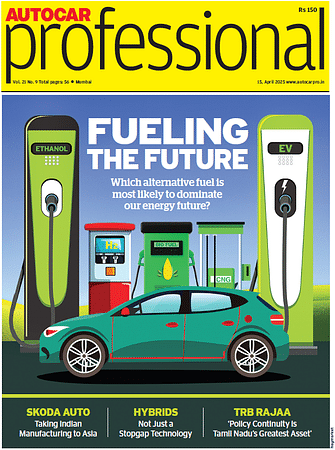Google reveals 13 near misses in two months for its self-driving cars
Latest figures for tech giant's self-driving test cars also show there were 272 failures across 424,331 miles between September and November 2015.
New figures published by Google about its autonomous vehicle development reveal that test drivers had to re-take control of its cars a total of 13 times over two months in near-miss incidents.
Drivers were also handed back control thanks to 272 recorded technical issues, comprised of both software and hardware failures, illustrating how much work is still to be done before Google’s self-driving vehicles can reliably and safely operate unaided.
The figures were collected between 24 September and 30 November 2015, as ordered by the California’s Department of Motor Vehicles, and account for a total of 424,331 test miles/678,929 kilometres covered by Google’s fleet, which is made up of modified versions of the Lexus RX450h and electrically-powered Google Koala test cars.
Of the recorded incidents, Google reports that 69 disengagements were due to concerns for safety, although only 56 of those account for real-life situations. The other 13 were ‘simulated contacts’, events that are digitally replayed versions of previous disengagements on Google’s online simulator. The simulator drives more than three million virtual miles each day and is said to be able to predict the reaction of human drivers, cyclists and pedestrians to determine whether a test driver’s intervention was necessary.
In quarter four of 2014, Google’s cars covered an average of about 600 miles/960km per disengagement. That figure improved substantially to about 2900 miles/4,640km a year later, although that increase is largely attributed to increased technical reliability. Safety-related disengagements actually increased in quarter three and four of 2015, with the average miles per incident dropping from about 9000 in Q2 2015 to 6000 in Q4.
Google insists these numbers aren't entirely representative of safety, saying "the 56 events would very likely not have resulted in a real-word contact if the test driver had not taken control".
Google also points out that disengagements are necessary in order for it to ensure all possible scenarios are accounted for. It suggests that increasing the number of miles its test cars cover, and therefore increasing the number of software fixes it introduces, will help to bring the number of safety-related disengagements down.
The results make it clear that a true self-driving car that can navigate through all driving scenarios is still a long way off. Aside from reliability and safety-related disengagements, Google’s test drivers still have to take control when unfamiliar road circumstances, such as road works, appear.
Google’s report appears to support the words of Renault-Nissan boss Carlos Ghosn, who recently argued that we won’t see ‘true’ self-driving cars before the year 2025. His comments came in response to Tesla’s Elon Musk, who proclaimed that his brand would be the first to produce an autonomous car.
RELATED ARTICLES
Horse Powertrain reveals hybrid conversion for electric cars
Engine-making joint venture of Geely and the Renault Group announces new hybrid powertrain that fits into the same space...
Aisin to produce hybrid motor for Mitsubishi in Thailand
The hybrid drive motor and gearbox, will be produced at Aisin Powertrain (Thailand) Co for use in the Mitsubishi XForce ...
GM reports strong Q1 sales in China, demand for EVs and hybrids surges 53%
General Motors and its joint ventures in China have sold more than 442,000 units between January and March 2025.






 14 Jan 2016
14 Jan 2016
 2446 Views
2446 Views





 Autocar Professional Bureau
Autocar Professional Bureau




